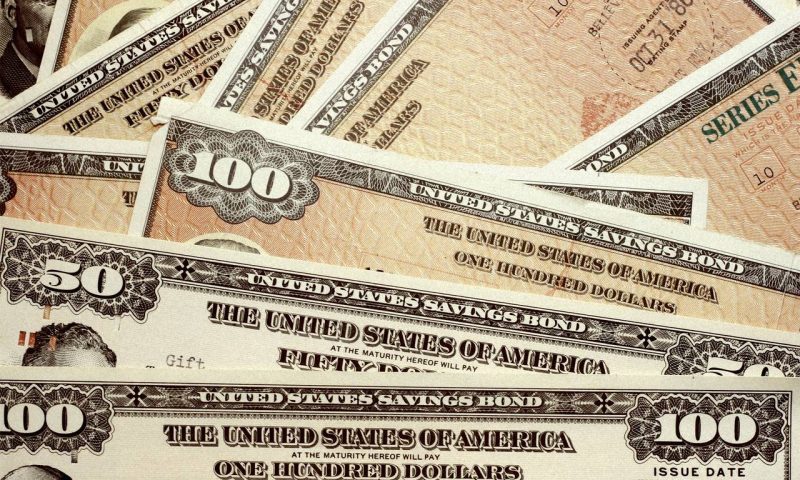Investors jumped into Treasurys on Thursday, driving down yields, as they seek safety from a stock-market rout that appears set to continue after the Dow Jones Industrial Average and S&P 500 index suffered their biggest one-day losses in nearly two years.
What are yields doing
- The yield on the 10-year Treasury note TMUBMUSD10Y, 2.786% fell to 2.824%, down from 2.884% at 3 p.m. Eastern on Wednesday.
- The 2-year Treasury note yield TMUBMUSD02Y, 2.582% was at 2.667% versus 2.777% Wednesday afternoon.
- The 30-year Treasury bond yield TMUBMUSD30Y, 2.989% was at 3.013%, down from 3.07% late Wednesday.
What’s driving the market
Global equities slid Thursday and U.S. stock-index futures pointed to another round of losses after a Wednesday decline that saw the Dow Jones Industrial Average DJIA, -3.57% fall 1,164.52 points, or 3.6%, and the S&P 500 SPX, -4.04% drop 4%, for their biggest one-day declines since June 11, 2020.
The selloff was triggered by disappointing results from retailer Target Corp. TGT, -24.93%, which showed rising costs had cut more deeply than expected into margins, analysts said. The reaction reflected growing fears of a stagflationary environment —- a combination of persistent inflation and stagnant economic growth.
U.S. weekly data on jobless benefit claims is due at 8:30 a.m. ET, with first-time applications for unemployment benefits expected to fall to 200,000 in the week ended May 14 from 203,000 the previous week, according to economists surveyed by The Wall Street Journal.
The Philadelphia Fed manufacturing index for May is also set for release at 8:30 a.m., while April existing home sales and leading economic indicators are scheduled for 10 a.m.
What analysts are saying
“Yesterday, 10Y USTs (10-year U.S. Treasurys) recovered from Tuesday’s loss and are now trading at the same level they were at the beginning of May. Since the beginning of May, however, the breakdown between the real-yield and the break-even component has changed substantially,” wrote analysts at UniCredit Bank, in a note.
”Indeed, the 10Y UST real yield has risen from -0.1% to 0.15%, while the break-even rate has declined by almost 25bp to 2.7%. We note that over this period, commodity prices, especially oil, have been rather volatile, but have not changed much.,” they said. “These moves in real yields and break-even rates appear to be consistent with recent hawkish remarks by Fed officials and the Fed starting to shrink its balance sheet from June. In our view, break-even rates will continue to decline while real yields are likely to rise further.”

